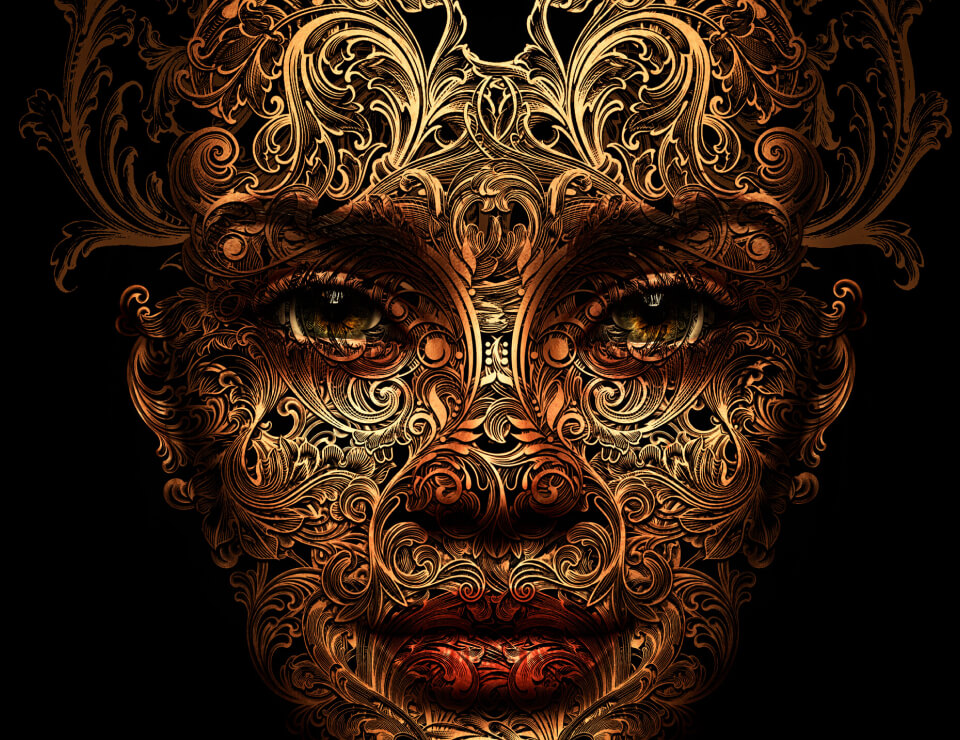
Year of Experiences
AI-generated images are advancing rapidly, but they are unlikely to fully replace human artists. While AI can create stunning visuals in seconds, it lacks true creativity, emotions, and the ability to interpret deeper meanings behind art. Human artists bring originality, cultural context, and storytelling that AI cannot replicate. Instead of replacing artists, AI serves as a powerful tool that enhances creative workflows, allowing artists to explore new ideas, automate repetitive tasks, and push artistic boundaries.
AI image generators use neural networks, specifically deep learning models trained on vast datasets of images. One of the most common techniques is diffusion models, which start with random noise and refine it step by step to form a clear image based on the given text prompt. These AI models analyze patterns, styles, textures, and structures from thousands (or millions) of images to generate new visuals that match the user’s description. By adjusting parameters such as style, resolution, and color schemes, users can fine-tune the generated images to meet their needs.
The legal status of AI-generated images is still evolving. In most countries, copyright laws do not recognize AI as a legal creator, meaning AI-generated images typically fall into the public domain unless significant human input is involved. Some companies, like OpenAI (DALL·E), allow users to own the rights to images they generate. However, there are concerns about whether AI models "borrow" from copyrighted artwork in their training data. Artists and legal experts continue to debate whether AI-generated content should be protected under intellectual property laws or if it should remain free for public use.